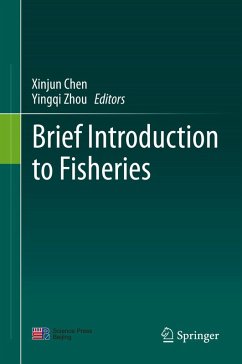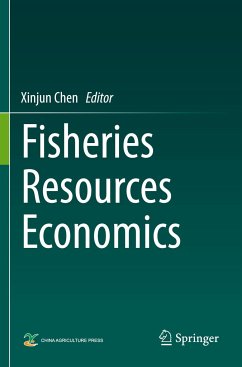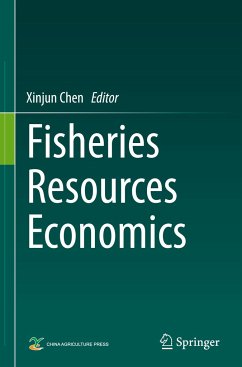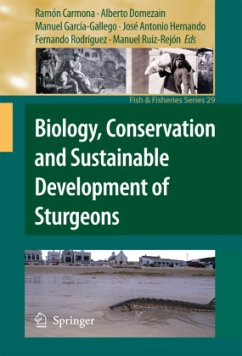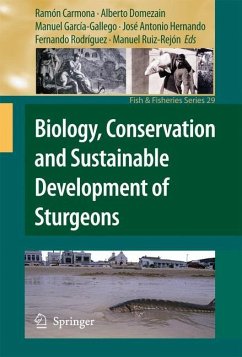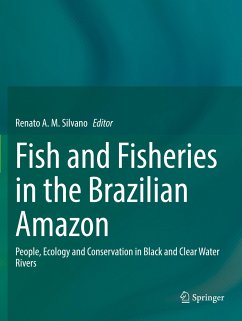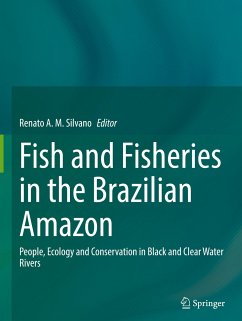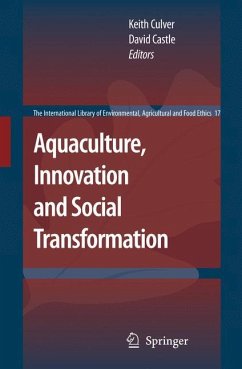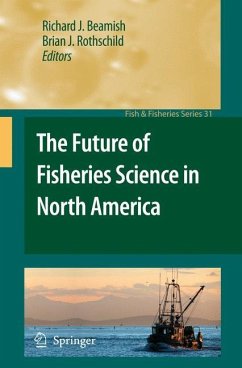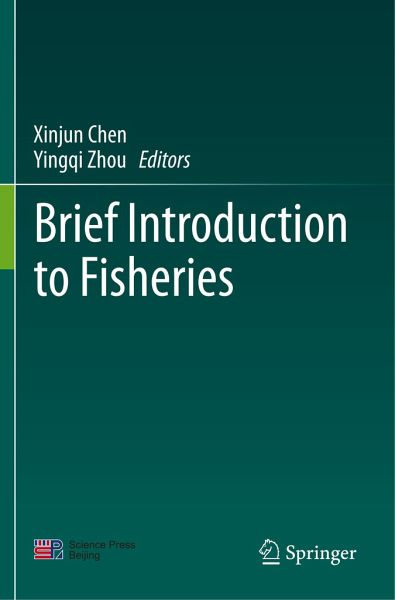
Brief Introduction to Fisheries
Versandkostenfrei!
Versandfertig in 6-10 Tagen
46,99 €
inkl. MwSt.

PAYBACK Punkte
23 °P sammeln!
This book offers an introduction to aquaculture sciences and fisheries, discussing the concepts and basic characteristics of fisheries, fishery resources and the related industries, as well as the status of fisheries in various countries around the globe. The book also examines aquaculture, aquatic product processing and utilization, fishery information technology, and fishery economics and management, in addition to hot topics such as blue growth in fisheries, carbon sink fisheries, and global environmental changes in the context of fisheries. Given its scope, it is a valuable resource for un...
This book offers an introduction to aquaculture sciences and fisheries, discussing the concepts and basic characteristics of fisheries, fishery resources and the related industries, as well as the status of fisheries in various countries around the globe. The book also examines aquaculture, aquatic product processing and utilization, fishery information technology, and fishery economics and management, in addition to hot topics such as blue growth in fisheries, carbon sink fisheries, and global environmental changes in the context of fisheries. Given its scope, it is a valuable resource for undergraduate students in the field as well professional requiring a basic understanding of fisheries.



